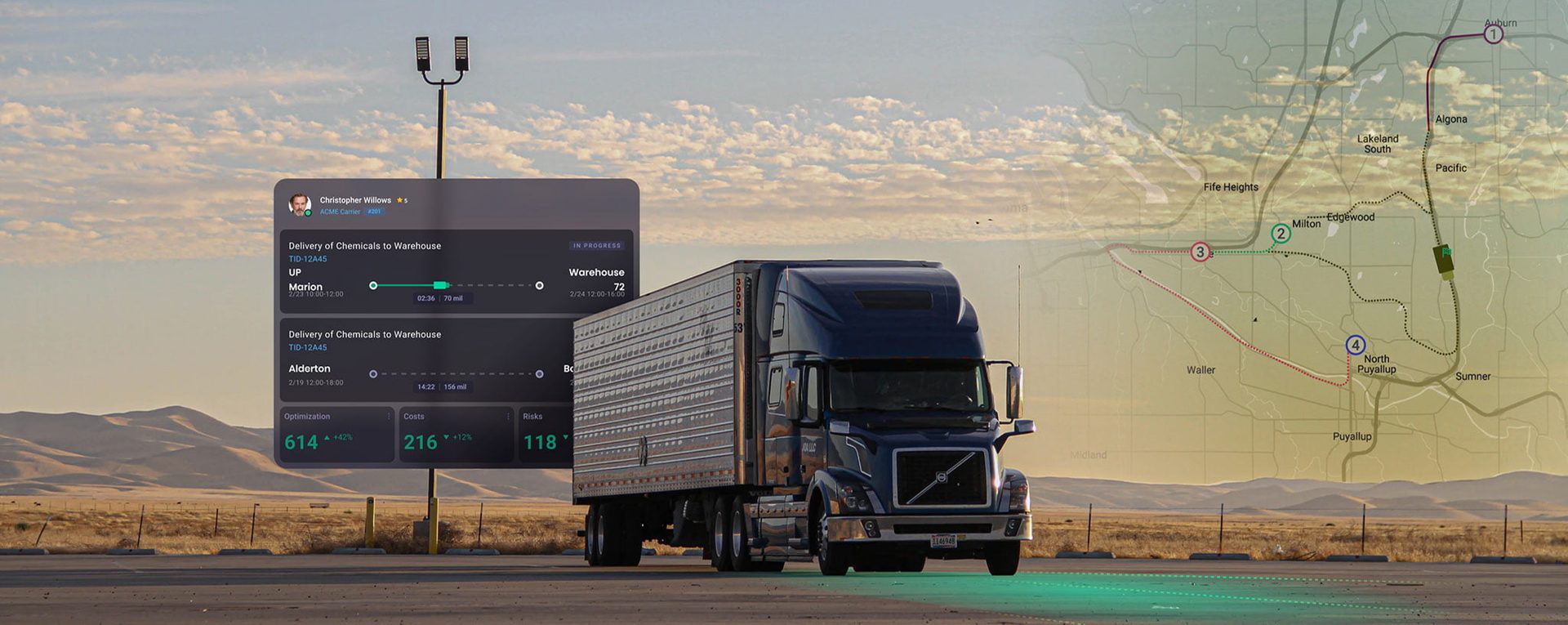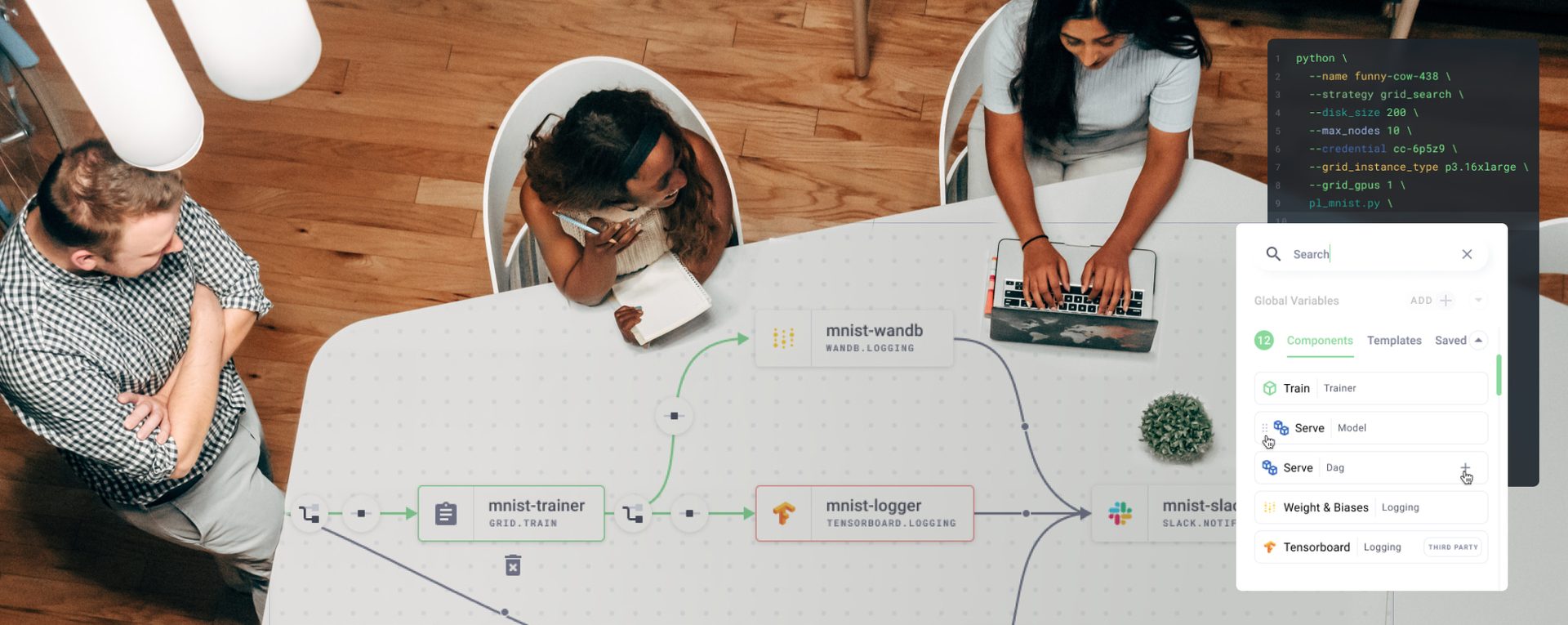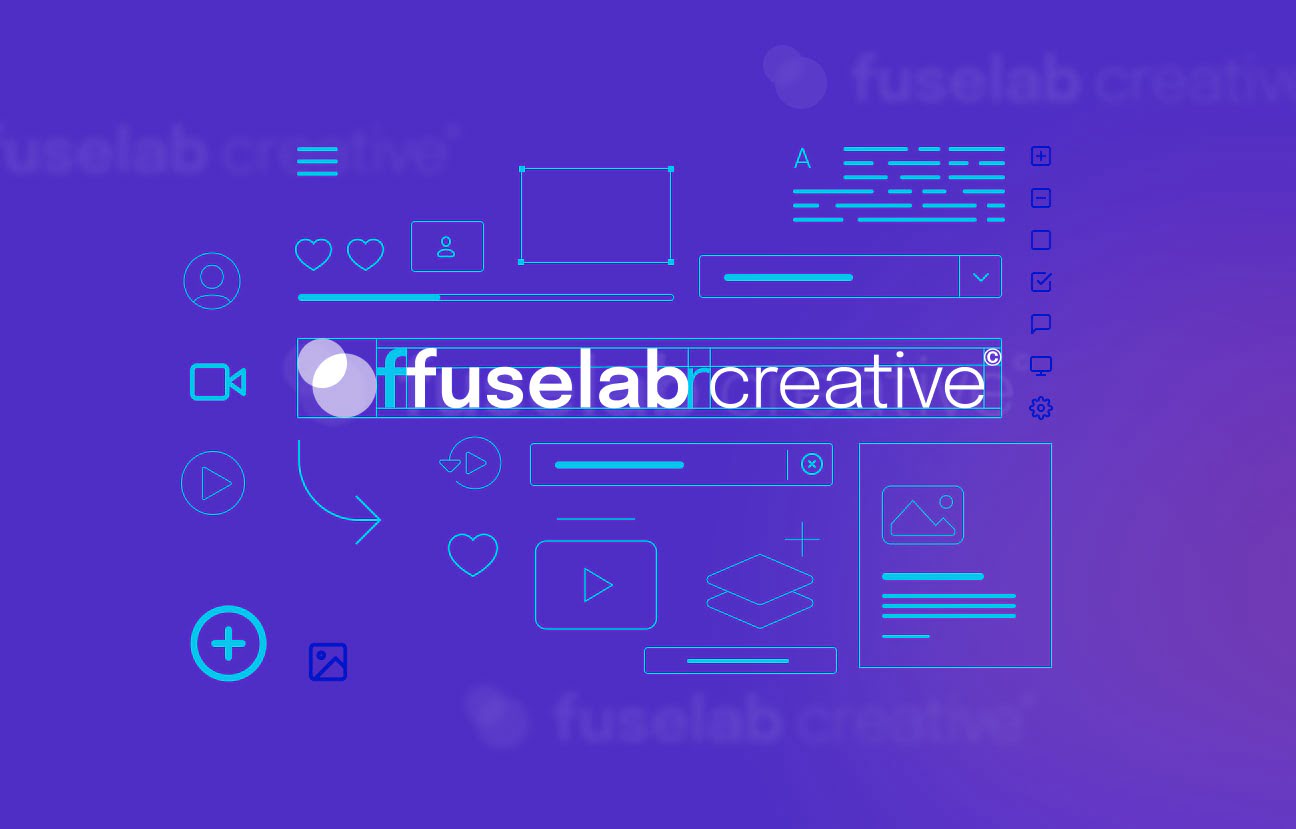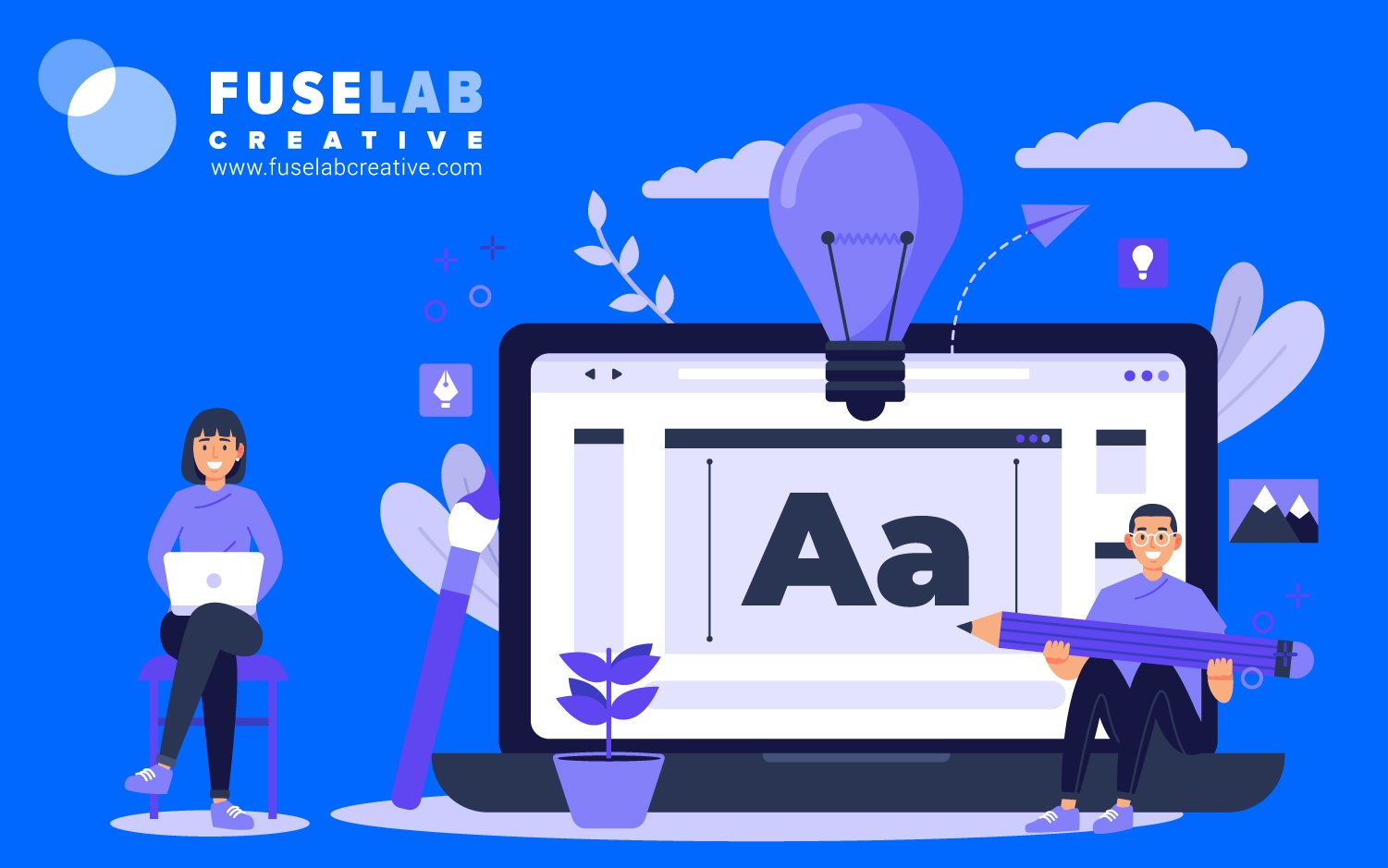Despite the Design System’s continuous evolution, large digital platforms can no longer survive without one. Fuselab Creative delivers pixel-perfect design systems to the next level.
Design System Agency
To create a design system takes much, much more than UX/UI design experience. Interface design systems and digital platform design systems in general require the combination of expert-level development experience along with design experience, Our design system team is always balancing the functional requirements along with the art of engaging design; a skill that sets us apart from our competition.

Our Work Examples
The future, the present, and the past.
Digital Product Design Systems
Building a design system for startups, in particular, can help them get a leg-up on their competition and streamline their work and budget. The functional dashboards and data visualizations that are often part of design systems lend a sense of legitimacy to those just starting out.

Brand Design
Systems
Visual design systems have taken old style guides and given them a shot in the arm! Corporate creative designs need, above all else, to remain consistent and reliable across products and marketing. This is one of the services design systems do best.

Enterprise Design Systems
Any large scale enterprise product must create a company design system if they plan to stay relevant and/or competitive. Design systems for enterprise take some of the pressure off of developers by giving them all the front end tools they need.

Key Design
Systems Components
Design systems have changed the way we deliver almost all of our design work, as automation functions are now as important as the actual work.
Style Guide
Most modern organizations that have spent any amount of time focused on branding, and particularly those that have a digital presence have some kind of existing style guide. The existing guide is only used as a reference for our work, as we move into creating an updated style guide and the full design system development. A design system is similar to a style guide, ia it includes elements such as the pattern library, but full design system goes much further, by providing design implementation guidelines, and, at times, a communications guide for public speaking and public document creation.
Pattern Library
Typically a visual audit is conducted at the beginning of a design system build where we collect and document all the actual components of a clients existing user interface. This process also helps weed out the elements that are not serving any vital functions. From this research we then begin to rebuild a visual library of everything that will be included as part of the new design system and save them in our pattern library for future use.
CSS Framework
A CSS framework is where design systems truly take flight. As the framework provides an actionable tool for clients to take our work and implement changes and updates to their digital projects independently. We always want our clients to go forward not needing anything from us other than basic maintenance. This fact separates professional creative agencies from those that are looking to keep clients paying from those that are attempting to set them up for success.
Documentation
Documentation is exactly as it sounds, but is possibly the most critical part of a successful design system, as great design is only as good as its effective implementation. If a developer does not know how to treat certain design elements, or if assumed functionality is not documented with clear instructions, it can lead to considerable re-work efforts and unneeded back tracking, which always impacts profitability and overall effectiveness of the design system. All of our design system designers are experts in documentation along with their long list of design credentials.
Workflows
Workflows can be as detailed or as simple as the project requires. There are design systems for large platforms that have done a great job of keeping things simple, such as Shopify’s “Polaris Design System.” In a nutshell, workflows are about mapping out individual tasks, such as replacing a video block, with a sequential manual for each step in the process and how to conduct a quality check to verify success.
Roles & Procedures
Even small companies struggle with who signs off on what and when. When there are specific procedures written out for staff and everyone understands what is required before any change or action is approved the chance for success skyrockets and the likelihood of something sneaking through and going public with an error or that is done incorrectly drops way down.
Related Services and Solutions
Industries we love to
work with
Healthcare providers, for the most part, do not have time to learn new applications. As a result, the consistency in terminology and information design that healthcare app design systems offer is invaluable. Fuselab is known as a design system company that can meet the needs of medical providers.
Travel sites and apps have a lot to keep up with, and a booking design system can be the rudder for an organization attempting to navigate this competitive space. By adopting an innovative design system, travel sites and apps can streamline their development processes.
Telematics, logistics, and transportation systems are unbelievably detailed. A design system can help development teams make regular updates without the need to confirm with the design team.
Design systems for the Metaverse help developers build out regular updates and make brand-consistent changes on the fly; helping them move on with their work without a series of design approvals.
We are on the cusp of AI and ML incorporating design systems within a fully automated update process, which will save developers an enormous amount of time and headaches.
E-commerce and retail digital applications deploy constant updates with new products, time-sensitive sales, and purchasing flow edits. Each of these areas requires a pixel-perfect design system.
Contact Us
Fill out the form!
Read Our Blogs
UI/UX Design System












